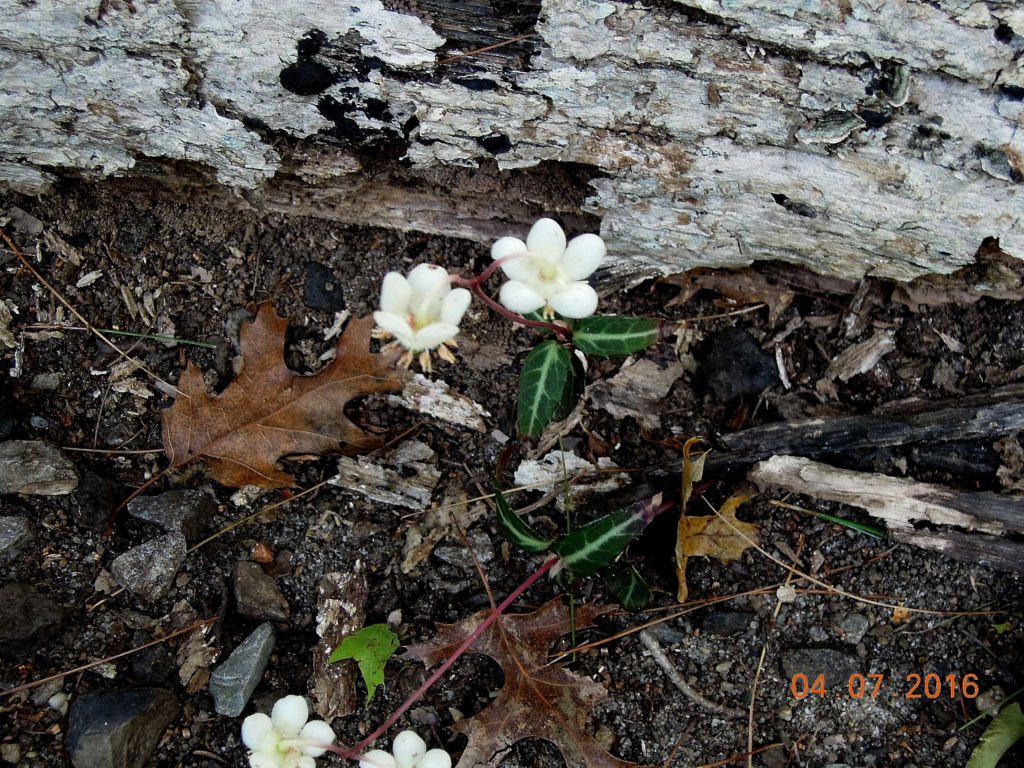Health Alert: A new study has found a link between exercise and a reduced risk of 13 cancers. People who exercised moderately had significantly less risk of developing cancer than those who were sedentary. And increased exercise dramatically reduced the risk.
While formal exercise is a non-starter for me, I hope to reap health benefits by working endless hours in the garden. Natural beauty and intoxicating floral aromas are good for the soul as well as the body.
I’d like to share with you a sampling of outstanding summer-blooming fragrant plants that have been time-tested in my garden:
Rosa ‘Compassion’ is an award-winning, very fragrant, repeat-blooming climbing rose. With disease-resistant foliage and beautiful apricot-pink flowers, it’s always a hands down favorite when I lecture on roses. I grow Compassion in a large container set beside an arch. In December, I cloak the entire plant with protective conifer branches. (Photos below.)
Rhododendron ‘Weston’s Lollipop’ is a deciduous, hardy, summer-blooming azalea with mildew-resistant foliage. Numerous pink flowers possess a lovely sweet fragrance. Provide moist, well-drained, acidic soil. (Photo below.)
Daphne x transatlantica ‘Blafra’, a/k/a Daphne Eternal Fragrance, is an ideal plant for a large or small garden. For a shrub of modest size — 2 to 3 feet tall — it packs a wallop of a return: masses of small, white, intensely fragrant flowers with a long bloom season from Spring to Fall. Be aware that Daphne has a well-earned reputation for being temperamental and unpredictable, ofttimes dying for no discernible reason. But so far — five years and counting — Eternal Fragrance is happy growing in shade in rich, moist, well-drained soil. Maybe this cultivar is the exception — eternal after all. (Photos below.)
Hydrangea quercifolia (Oakleaf Hydrangea) is a winter-hardy, trouble-free, native shrub, with multi-seasons of interest. In Summer, it produces large panicles of showy sterile and fertile white flowers. When the fertile flowers open in July, they release a delicious fragrance that carries on the air. The sterile flowers slowly change from snowy white to pink. And in the Autumn, the foliage turns vibrant shades of red and orange. In addition, as a special bonus, when the shrub is established in the garden its woody stems will exfoliate.
Oakleaf Hydrangea can grow quite large — 6 to 8+ feet tall, and the same across. (The shrub is stoloniferous so volunteers pop up around the mother plant adding to its girth.) My plants thrive in shade with compost-rich acid soil. (Photos below.)
Finally, the native woodland wildflower, Chimaphila maculata (Striped Wintergreen a/k/a Pipsissewa), comes and goes in the garden beds and in the gravel paths and driveway. This diminutive charmer has tiny, nodding white flowers with a green button eye. The flower’s luscious perfume is to die for. Wish I could bottle it. (Photos below.)
NOTE: I have been asked the name of the gorgeous, long-lived peony I mentioned in the Post of Jan.27: “2016 What’s New: Klehm’s Song Sparrow”. The peony’s cultivar name is ‘Largo’. (Photo below.)











